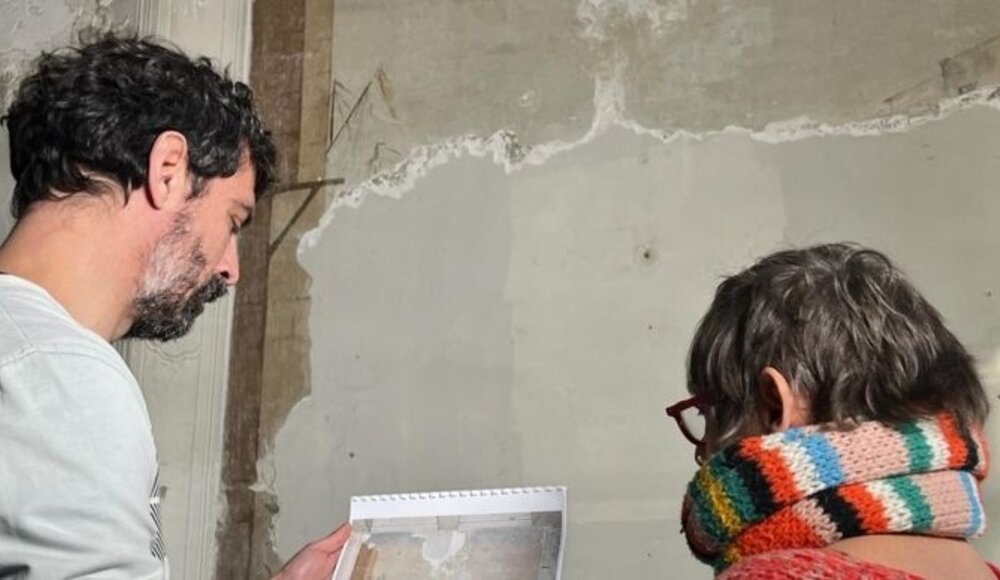During the renovation of French painter Paul Cézanne's childhood residence in Aix-en-Provence, France, a remarkable discovery was made. Concealed beneath layers of plaster and wallpaper, a previously unknown mural by the esteemed impressionist has come to light, further enriching the artistic heritage of the celebrated master.
This latest mural marks the tenth to be unearthed within the walls of the domicile, making its debut last August within the Grand Salon of the dwelling known as Bastide du Jas de Bouffan. The unveiling coincides with extensive refurbishments as part of preparations to commemorate Cézanne's profound connection to the city.
The nine murals previously brought to light, spanning from 1859 to 1869, underwent a transformative journey. Following the property's sale to the Granel-Corsy family in 1899, these masterpieces were carefully transferred onto canvases. They now find their homes in prestigious museums worldwide, including the Petit Palais and Musée d’Orsay in Paris, the Chrysler Museum of Art, and the Nakata Museum in Onomichi, Japan.
Incorporated into John Rewald’s catalogue raisonné of Cézanne’s oeuvre in 1996, the nine murals have cemented their place in art history. The latest addition, however, will be seamlessly integrated into the updated digital version of the catalogue.
The newly discovered artwork depicts elongated banners swaying in the wind, reminiscent of ship masts crowned with flags, and on the right side, a series of edifices. Art experts suggest that Cézanne drew inspiration from the works of Claude-Joseph Vernet or Claude Lorrain while crafting the murals at Bastide du Jas de Bouffan. This specific piece, named "Entrance to the Port," is believed to have been influenced by such predecessors.
It is noted that much of "Entrance to the Port" was later obscured by Cézanne himself with his 1864 creation "Game of Hide & Seek." Subsequently, upon the Granel family's residency, any remaining traces of the original mural were likely concealed.
"Entrance to the Port" stands as the sole surviving work by Cézanne within Aix-en-Provence. Mayor Sophie Joissains took to Facebook to express the significance of this unexpected find, declaring, "With this unexpected discovery... Aix-en-Provence will inscribe a new chapter in the history of his association with Cézanne. He remains the emblem and ambassador of our city."


 Jean Dubreil
Jean Dubreil